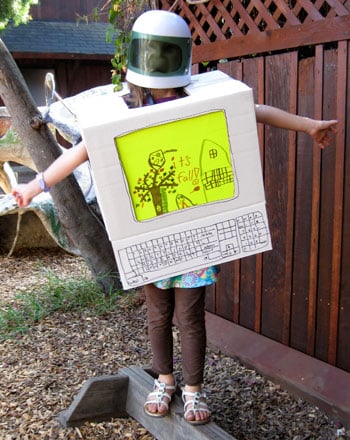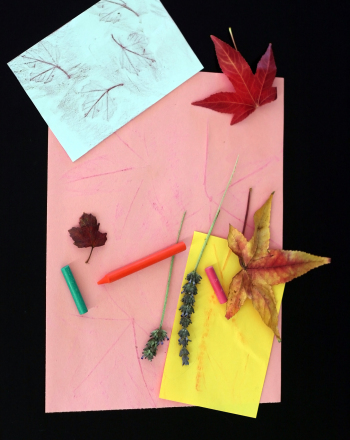Activity
Make Your Own Ant Farm
Most kids are delighted by all the little creepy crawlies they observe as they are playing outdoors, and ants are no exception. After all, they work together as a team in every task to build their community and can lift several times their own weight - pretty cool! Here is a fun and easy way to create your own ant farm together with your child. You'll only use items readily available in your home or as close as the nearest store. After you complete your ant farm, you and your child can spend days and even weeks observing these amazing insects.
What You Need:
- Small glass bowl or jar
- Glass fishbowl
- Sand
- Loose soil
- Sugar
- Water
- 20 ants (from the same colony)
- Cheesecloth
- Rubber band
- Black construction paper
- Bread crumbs
- Masking tape
- Spiral notebook or composition book
What You Do:
- Begin this project with a scavenger hunt in your yard or neighborhood to collect at least 20 ants from the same colony or anthill. (They must be from the same colony so that they will work together to form a community rather than fight each other)
- Place a glass bowl or jar upside down in the center of the fishbowl.
- Mix together sand and loose soil. Fill the space between the overturned bowl or jar and the sides of the fishbowl with this sandy mixture. Leave the soil and sand loose so that the ants can dig easily.
- Mix a small amount of sugar and water together and place several drops on the soil.
- Carefully place the ants in the fishbowl. Again, it is crucial that they are from the same colony in order to get the result you are looking for: teamwork, not fighting.
- Cover the mouth of the fishbowl with the cheesecloth and secure the cloth with a rubber band. This will prevent the ants from escaping into places where they are not welcome.
- Cover the outside of the fishbowl with the black construction paper and tape the paper in place. This will block out the light and make the ants think that they are underground.
- Keep the fishbowl in a quiet area in your home at normal room temperature.
- Each day, open the cheesecloth lid and place a few drops of water on the soil. Once a week, feed the ants a few drops of sugar or some bread crumbs. Within just a few days, the ants will begin to build a nest, digging tunnels and making rooms in the sandy soil.
- Remove the black construction paper for a short time each day to observe the ants at work.
Making an ant farm is exciting enough to engage just about any kindergarten kid, but you can also add to the fun by having her create an “Ant Observation Journal” in a notebook or composition book. To practice observation—that key step in the scientific method—have her date each entry, draw a picture of the ant farm that day, and either write or dictate a sentence or two. As time passes, you may also want to begin to ask her to predict or “hypothesize” what the ant farm might look like the next time. It's all great practice for those future scientists!
Note: You may want to consider setting up your ant farm outdoors in order to avoid any ants escaping into your home!
Related learning resources















